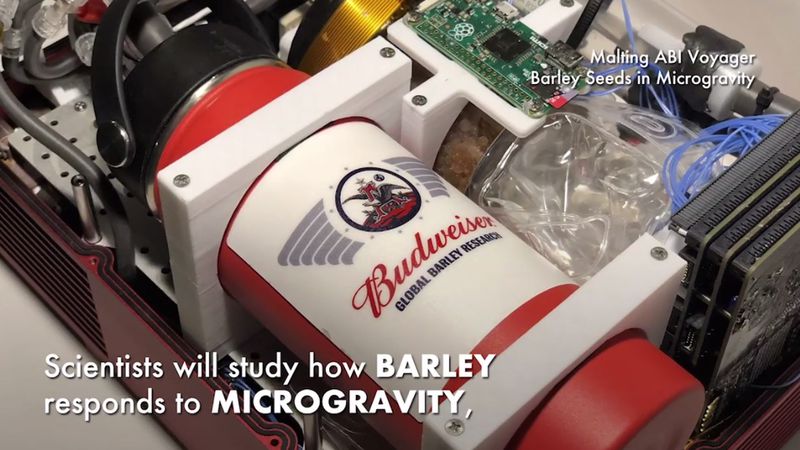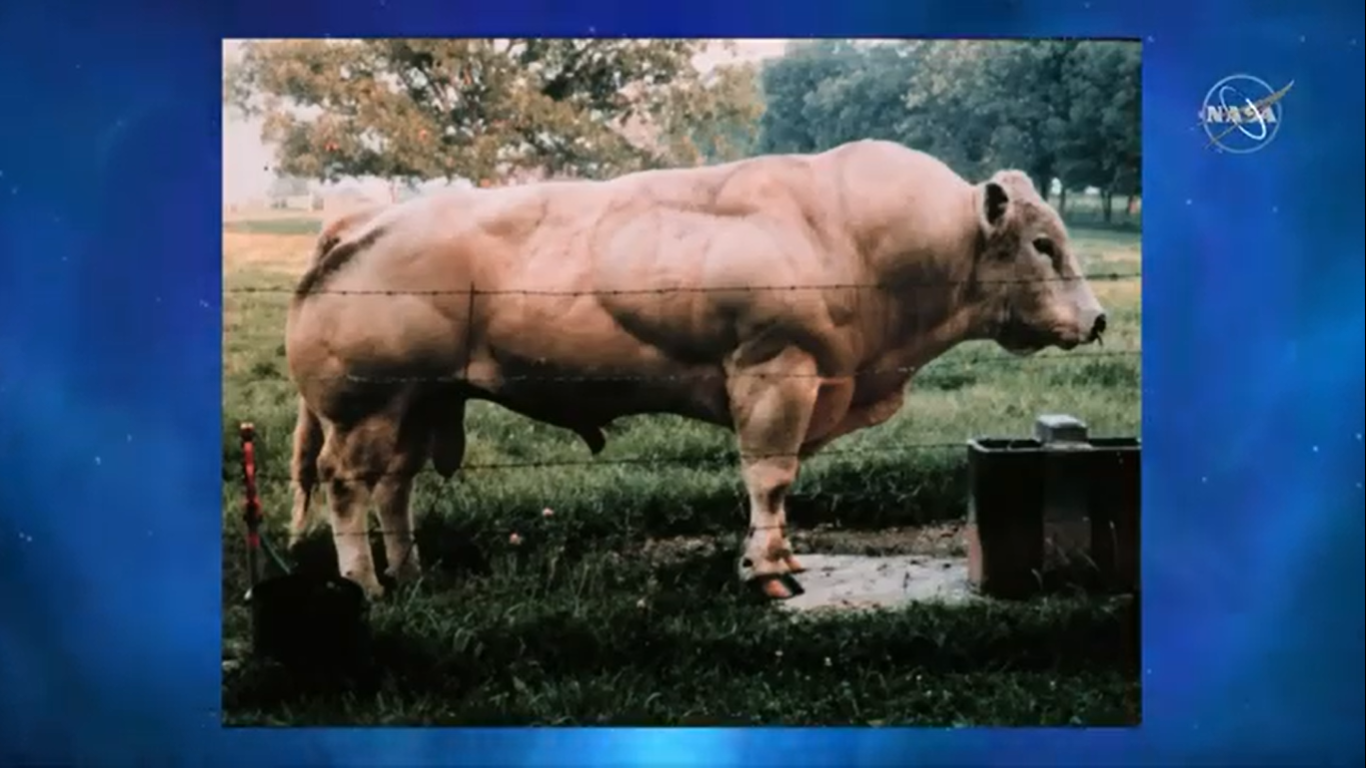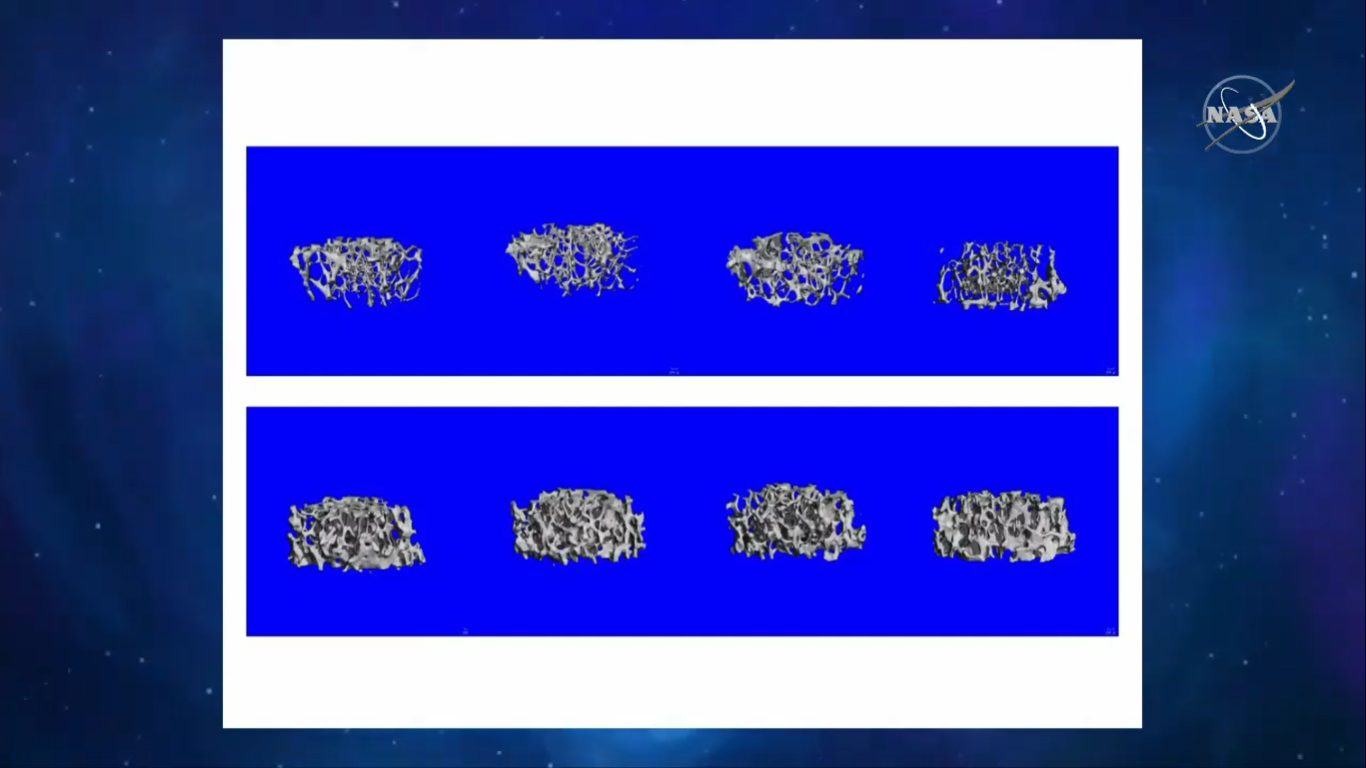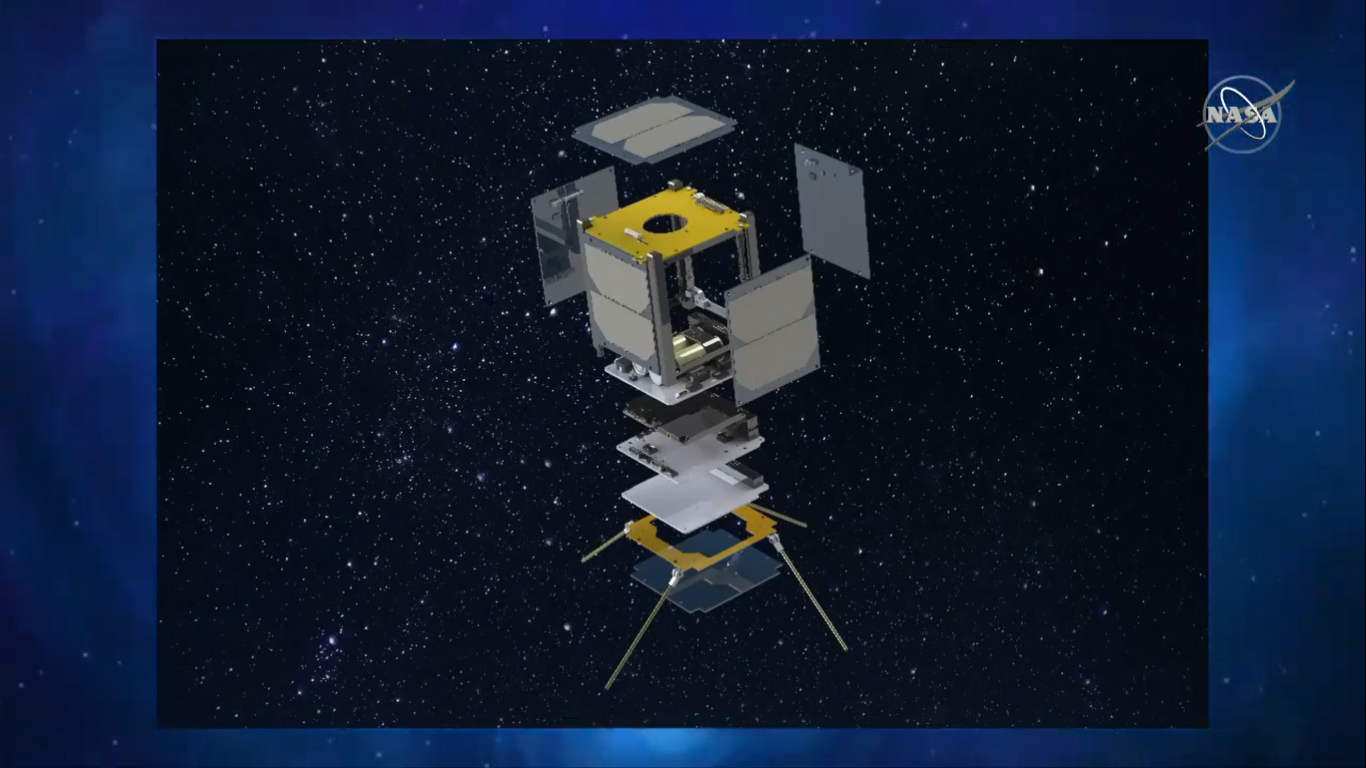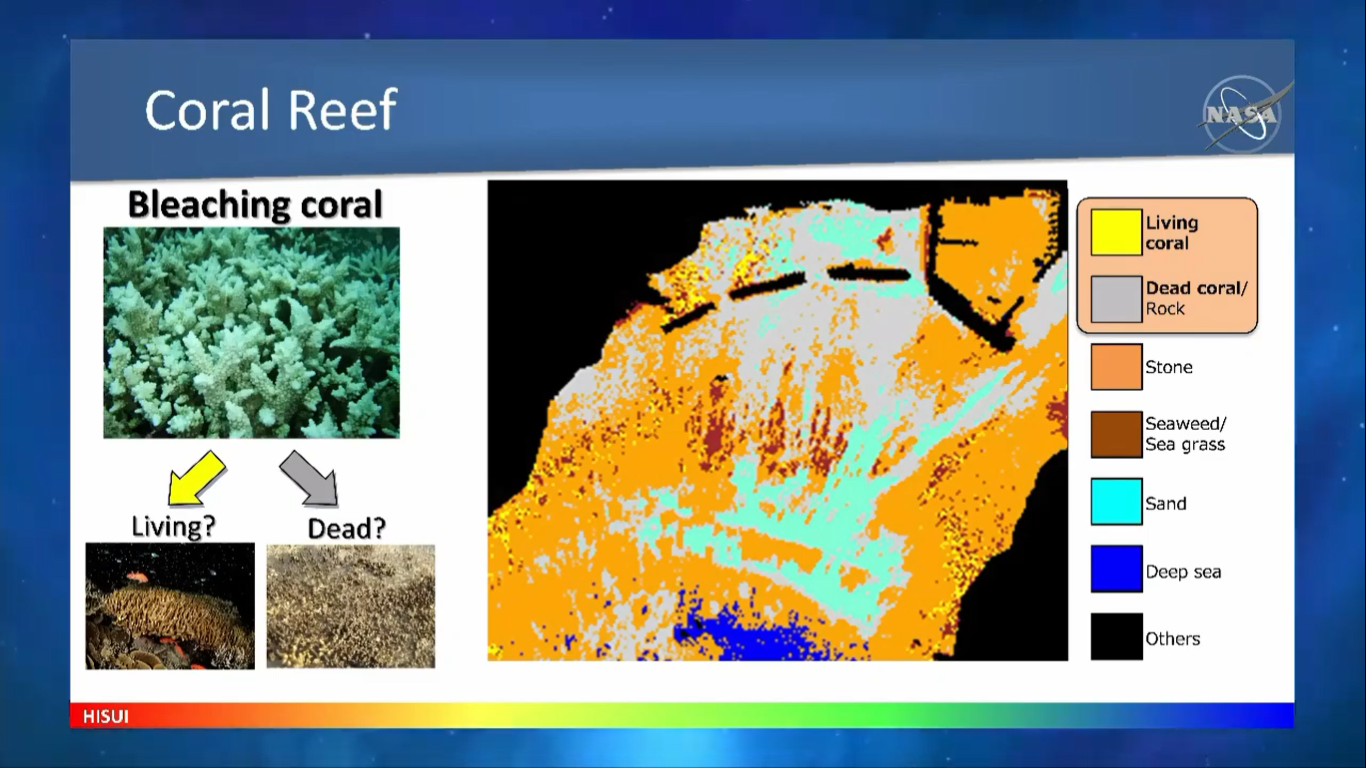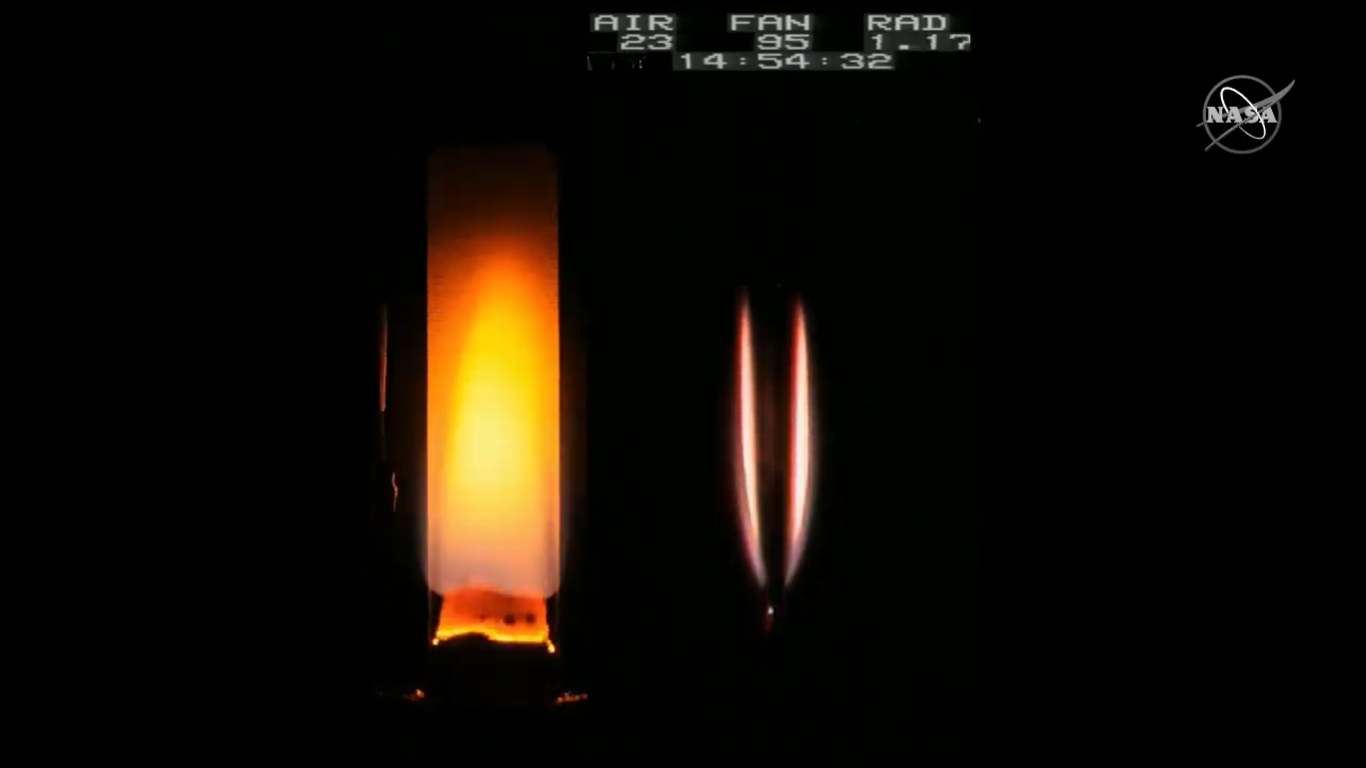SpaceX to Launch Beer Experiment, 'Mighty Mice' and More for NASA Today. How to Watch
Thousands of pounds of scientific equipment and crew supplies will launch tomorrow.
Update for 12:30 p.m. ET: SpaceX has postponed today's launch by 24 hours due to high upper level winds and high winds at sea. The launch is now set for Dec. 5. Read our latest story here.
Original story
SpaceX is about to launch a beer experiment, "mighty mice" and much, much more to the International Space Station.
The CRS-19 launch scheduled for today (Dec. 4) will be SpaceX's 19th resupply mission to the space station. The uncrewed Dragon spacecraft will launch atop a SpaceX Falcon 9 rocket from Space Launch Complex 40 at Cape Canaveral Air Force Station in Florida carrying over 5,700 lbs. (2,585 kilograms) of crew supplies and scientific equipment. Roughly 2,200 lbs. (998 kg) of those 5,700 lbs. will be dedicated to scientific investigations on board the station. Liftoff is set for 12:51 p.m. EST (1751 GMT).
You can watch SpaceX's launch live here and on Space.com's homepage courtesy of NASA TV. NASA's webcast will begin at 12:30 p.m. EST (1730 GMT). SpaceX will host its own webcast here, beginning at about 12:35 p.m. EST (1735 GMT).
This mission will mark the third flight of this particular Dragon spacecraft, SpaceX has said, though the mission will use a new Falcon 9 booster.
Related: See the Evolution of SpaceX's Rockets in Pictures
Breaking space news, the latest updates on rocket launches, skywatching events and more!
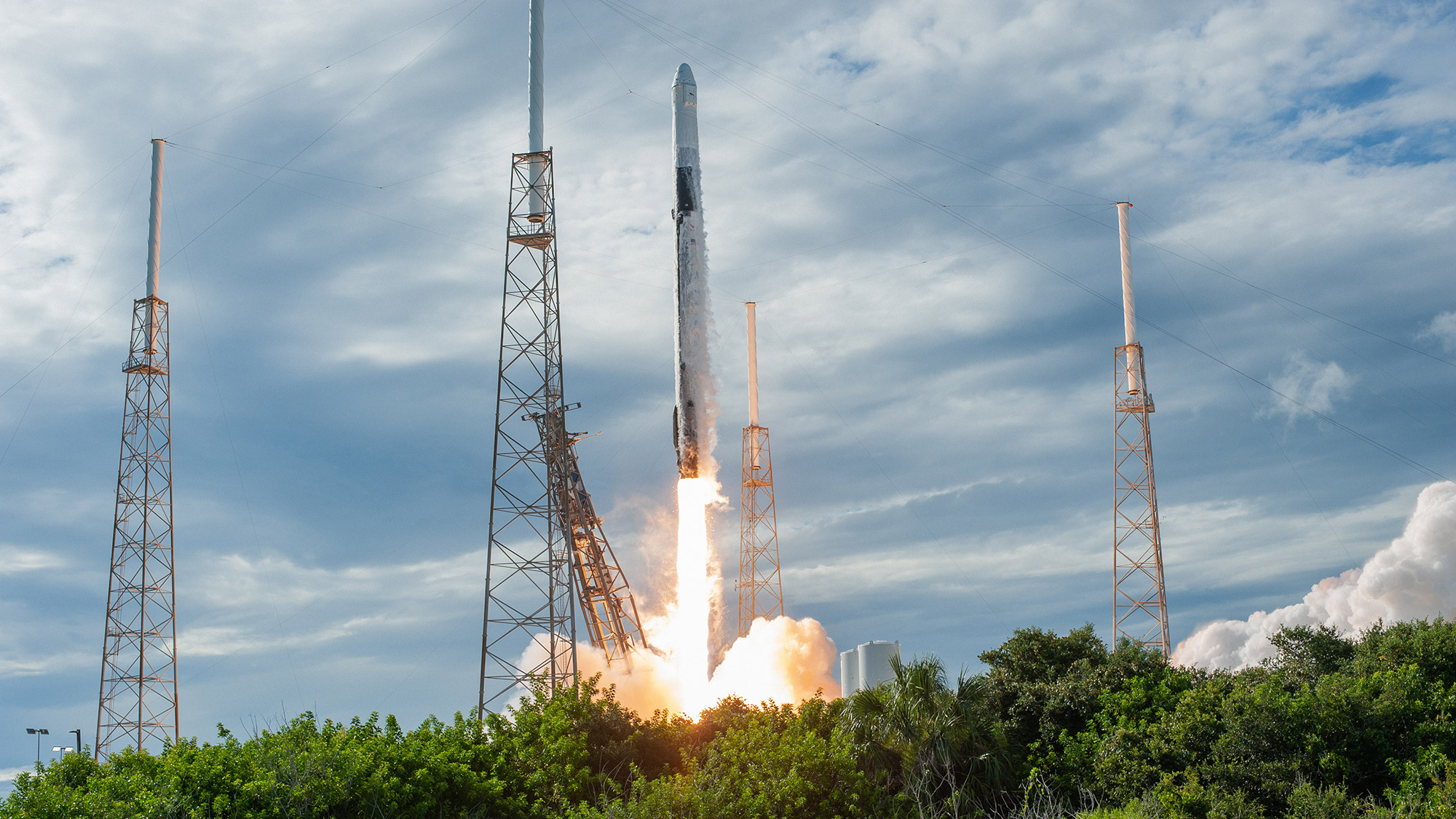
The launch will carry equipment for about 38 scientific investigations, 23 of which will be new to the space station. Additionally, this mission includes the return of samples from about 54 different, currently ongoing experiments.
Among those thousands of pounds of science equipment are a few especially interesting experiments that were discussed yesterday (Dec. 3) during a teleconference on NASA TV.
Related: How SpaceX's Dragon Space Capsule Works (Infographic)
Space Beer
One of the experiments launching is from Budweiser — yes, the beer company. This is the fourth experiment that the company is sending to the space station. But why send beer to space?
Barley — which is used to make beer — is a plant that has previously been studied in germination and gene-expression experiments in microgravity. This current experiment involves examining the barley malting process in microgravity. This work could affect how food is produced both on Earth and in space, according to a video that was shown during the teleconference.
"Mighty mice"
Scientists are also sending what they call "mighty mice" to the space station for the Rodent Research 19 (RR-19) experiment. This investigation will help researchers better understand how to prevent muscle and bone loss, both in space and on Earth, for people with debilitating medical conditions.
The RR19 experiment has two major parts. First, the "mighty mice" that will be flown to the station to be studied have been genetically engineered to lack "myostatin," a protein that inhibits muscle cell growth and therefore causes the animals to be extremely muscular. (Here on Earth, animals and even people who have been born with less than "normal" amounts of myostatin are very muscular.)
The second half of this experiment will involve unaltered mice. Once these mice arrive, they will be treated with an experimental drug that will block myostatin as well as activin, which naturally inhibits bone mass growth. So, by blocking activin, the researchers hope to see if the mice maintain or even gain bone mass.
Humans who spend time in space experience both bone and muscle atrophy, and many people on Earth suffer from debilitating conditions that cause these conditions. With this experiment, researchers hope to better understand how to prevent bone and muscle loss.
"By testing this experimental drug, we are hoping to be able to test a novel, therapeutic method of combating both muscle loss and bone loss, not only in astronauts in space but really for a lot of people here on Earth," co-investigator Emily Germaine-Lee ,MD from Connecticut Children's Medical Center, said during the teleconference.
A CubeSat from Mexico
Another investigation will launch a 4-inch (10 centimeters) by 4-inch (10 cm) cubesat into space. The experiment, called AztechSat-1, will test how the small satellite communicates with the Globalstar constellation satellite network in low Earth orbit.
But the experiment is not simply to test the small satellite, it is also a learning experience and an accomplishment for the team of students behind the investigation. And, it is a major milestone in spaceflight history because it is one of the first satellites that Mexico has launched into space.
"I view this as the momentum that Mexico needs so that a new industry can start in Mexico," Andres Martinez of NASA's Ames Research Center, who helped to lead this effort, said during the teleconference.
"It's like an inspiration for younger people who are pursuing STEM [science, technology engineering and math] areas, and it's also putting Mexico in a good place for the aerospace industry," Rosa Reyna Gonzales, an undergraduate aerospace student who took part in this experiment and was the student leader for the mechanics and structure of the satellite, added.
Looking back at the Earth
Another experiment that is launching aims to improve how we see our world. The Hyperspectral Imager Suite (HISUI) will eventually replace the multispectral Advanced Spaceborne Thermal Emission and Reflection Radiometer (ASTER) sensor that is on board the Terra satellite, which has orbited Earth since 1999.
By imaging Earth in different bands of the electromagnetic spectrum, such a sensor can determine important things about life on Earth. For example, by imaging coral reefs, researchers can tell when the corals are stressed by changes in factors like temperature, and whether the corals are alive or dead, principal investigator Akira Iwasaki explained during the teleconference.
HUSUI could also detect biodiversity in forests; the quality, quantity and nitrogen content of wheat; soil salinity and so much more.
Space fire!
Researchers are also sending equipment to the space station that will allow astronauts to start fires. While a live flame aboard the space station might seem dangerous, the experiment, known as the confined combustion investigation, is set up to make sure that the flame has a very low chance of escaping, researchers emphasized during the teleconference.
The main "box" that safely contains the experiment is already aboard the space station. The fire is created in the box when heated wire is combined with either pieces of cotton or thin plastic. The researchers study the flames using images taken in the chamber and numerical modeling. The experiment also involves airflow, which can be adjusted, because without any airflow, the researchers might not be able to create or maintain flames at all.
By studying flames in space, where factors like gravity don't change how the fire moves, researchers aim to better understand the physics of fire. They hope that this will lead to the ability to lessen the deadly consequences of uncontrolled fires here on Earth.
- International Space Station: Facts, History & Tracking
- SpaceX's Amazing Dragon CRS-17 NASA Cargo Launch (and Landing!)
- Home On the Moon: How to Build a Lunar Colony (Infographic)
Follow Chelsea Gohd on Twitter @chelsea_gohd. Follow us on Twitter @Spacedotcom and on Facebook.


Chelsea “Foxanne” Gohd joined Space.com in 2018 and is now a Senior Writer, writing about everything from climate change to planetary science and human spaceflight in both articles and on-camera in videos. With a degree in Public Health and biological sciences, Chelsea has written and worked for institutions including the American Museum of Natural History, Scientific American, Discover Magazine Blog, Astronomy Magazine and Live Science. When not writing, editing or filming something space-y, Chelsea "Foxanne" Gohd is writing music and performing as Foxanne, even launching a song to space in 2021 with Inspiration4. You can follow her on Twitter @chelsea_gohd and @foxannemusic.
